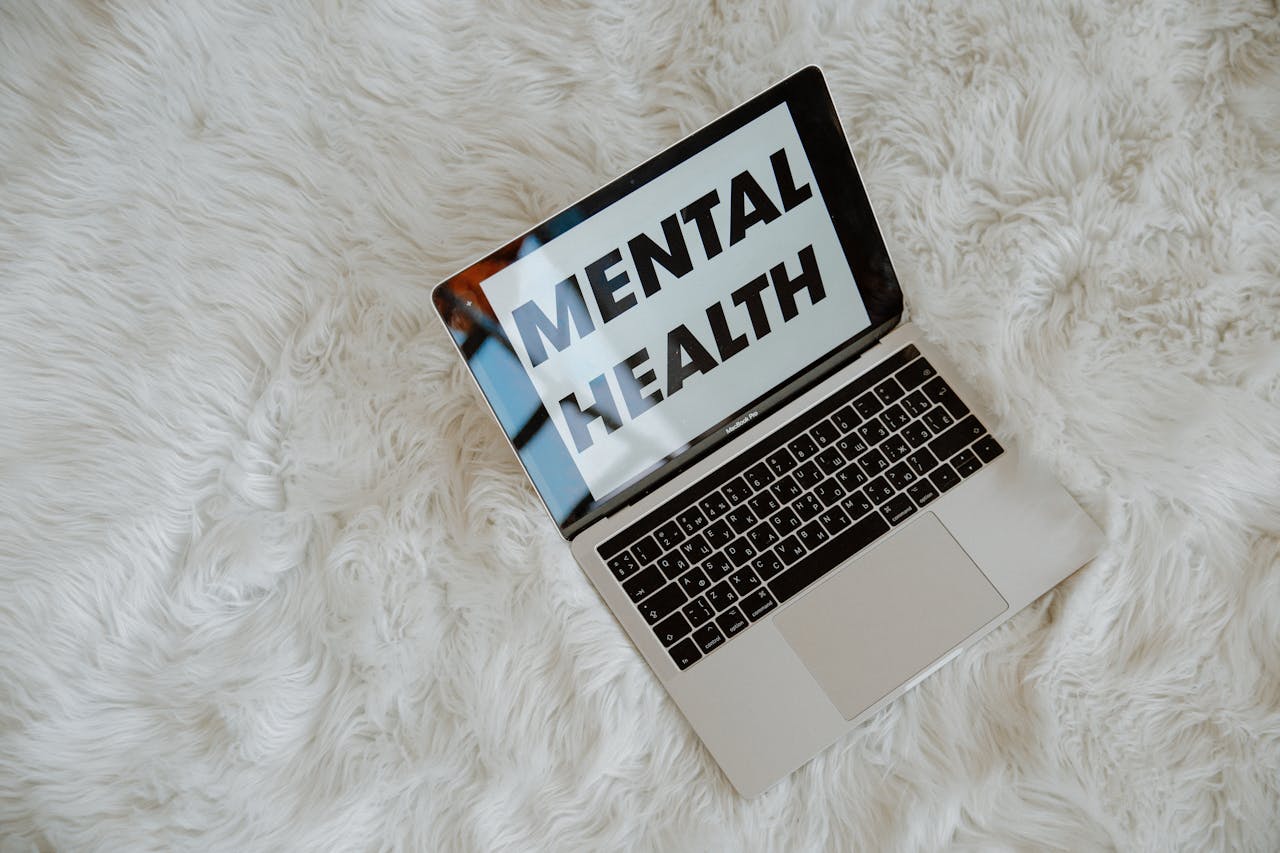Contents
The digital revolution in education has brought both opportunities and challenges for students navigating the modern learning landscape. While technology enables seamless distance learning, it’s also contributed to unhealthy digital habits among students. The good news? Digital wellness applications are emerging as great tools to help learners maintain a balanced lifestyle while studying remotely! These innovative solutions don’t just track screen time—they’re transforming how students engage with educational content, manage their mental health, and maintain productive study routines in the digital age.
Digital Mental Health Evolution
Digital mental health solutions transformed educational experiences during global health challenges, creating new pathways for student wellness support. Such integration of technology with mental health services led to achieving data-driven insights for personalized educational interventions.
Online Education Trends
Today, the best mental health apps track student engagement patterns across five key areas:
- Sleep monitoring through device usage analytics.
- Focus duration measurements in virtual learning sessions.
- Stress indicators from typing patterns and text analysis.
- Social connection levels via online collaboration metrics.
- Academic performance correlation with digital behaviors.
| Trend Category | Measurement Focus | Impact Indicator |
|---|---|---|
| Sleep Patterns | Hours of device usage | 85% accuracy in predicting next-day performance |
| Focus Metrics | Active learning time | 72% correlation with assignment completion |
| Stress Levels | Digital interaction patterns | 68% predictive rate for intervention needs |
Here are the features of most modern apps that can help students in daily life:
- Real-time mood tracking integrates with learning management systems.
- AI-powered early warning systems detect signs of digital fatigue.
- Virtual counseling platforms provide 24/7 mental health resources.
- Data analytics identify optimal study periods based on individual patterns.
- Automated wellness reminders maintain healthy digital boundaries.

Implementation Strategy for Mental Wellness Apps
Digital wellness apps enhance distance learning outcomes if they are adopted systematically and with a thought-out structure.
Platform Selection Guidance
- Select digital wellness platforms based on integration capabilities with existing Learning Management Systems (LMS).
- Compare essential features like activity tracking, mindfulness exercises, focus timers, and stress management tools.
- Cross-platform compatibility ensures accessibility across Android, iOS, or web browsers.
Cost Considerations
Digital wellness app pricing follows three common models:
- Per-user licensing: $5-15 per student monthly.
- Institution-wide packages: $10,000-50,000 annually based on enrollment.
- Freemium models: Basic features at no cost with premium upgrades.
| Pricing Model | Cost Range | Best For |
|---|---|---|
| Per-user | $5-15/month | Small institutions |
| Institution-wide | $10k-50k/year | Large universities |
| Freemium | $0 + premium | Trial implementations |
Ensuring Students’ Privacy
Consider the following aspects to protect students’ private data:
- End-to-end encryption for student wellness data.
- Role-based access controls for administrators and teachers.
- Regular security audits of third-party integrations.
- Clear data retention and deletion policies.
- HIPAA-compliant storage for mental health information.
Student Engagement Framework
Digital wellness applications create structured pathways for student participation in distance learning through systematic engagement protocols.
Onboarding Processes
Onboarding smoothly introduces students to digital wellness tools through a three-step process. For instance, in the HeyZen mental app, students are required to:
- Complete initial wellness assessments.
- Set personalized goals for academic performance metrics.
- Configure notification preferences.
This process not only simplifies app adoption but also establishes baseline measurements for:
- Digital activity patterns.
- Learning style preferences.
- Focus duration metrics.
- Screen time parameters.
- Time management goals.
Participation Incentives
Digital wellness platforms incorporate achievement-based reward systems to encourage consistent engagement. The incentive structure includes:
- Digital badges for reaching wellness milestones.
- Point accumulation for maintaining healthy screen time limits.
- Achievement unlocks for completing focused study sessions.
- Streak rewards for consistent platform usage.
- Community challenges with collaborative goals.
Progress Tracking
Analytics dashboards monitor student advancement through customizable data visualization tools.
| Metric | Measurement Focus | Update Frequency |
|---|---|---|
| Focus Sessions | Duration & Quality | Daily |
| Digital Habits | Screen Time & Breaks | Weekly |
| Wellness Goals | Achievement Rate | Monthly |
| Academic Tasks | Completion Status | Real-time |
Accessibility and Inclusion
Digital wellness apps transform distance learning by removing barriers through comprehensive accessibility features. They should prioritize universal design principles to ensure equal access for all students regardless of their physical abilities, language preferences, or cultural backgrounds.
Multi-Platform Availability
Ensure your digital wellness application operates across iOS, Android, Windows, and macOS so that all students can access it. Cross-platform synchronization enables seamless transitions between devices, with offline functionality maintaining access during connectivity gaps.
Language Support
Modern digital wellness platforms incorporate multilingual capabilities, supporting 15+ languages like Spanish, Mandarin, Arabic, French, and Hindi. Real-time translation features powered by AI facilitate immediate content conversion while preserving cultural context. Audio guides featuring native speakers can deliver meditation sessions, mindfulness exercises, and wellness instructions in multiple languages.
Disability Accommodations
Digital wellness apps integrate assistive technologies, including:
- Screen readers compatible with JAWS and NVDA.
- Closed captions for video content.
- Voice control navigation.
- Adjustable text sizes and high contrast modes.
- Alternative text for images.
- Keyboard-only navigation options.
Additional features include:
- Customizable content filtering based on cultural preferences.
- Region-specific wellness practices and meditation techniques.
- Holiday calendars aligned with different cultural observances.
- Gender-sensitive options for avatar customization.
- Faith-based meditation tracks.
- Locally relevant metaphors and examples in guided sessions.
Future Outlook
Digital wellness apps have revolutionized the distance learning landscape by prioritizing student well-being in education. These innovative tools continue to shape how you learn, connect, and maintain your mental health in the digital age. As technology evolves, expect more sophisticated features that blend artificial intelligence with personalized wellness support. The future promises enhanced accessibility, broader language support, and even deeper integration with existing educational platforms!



